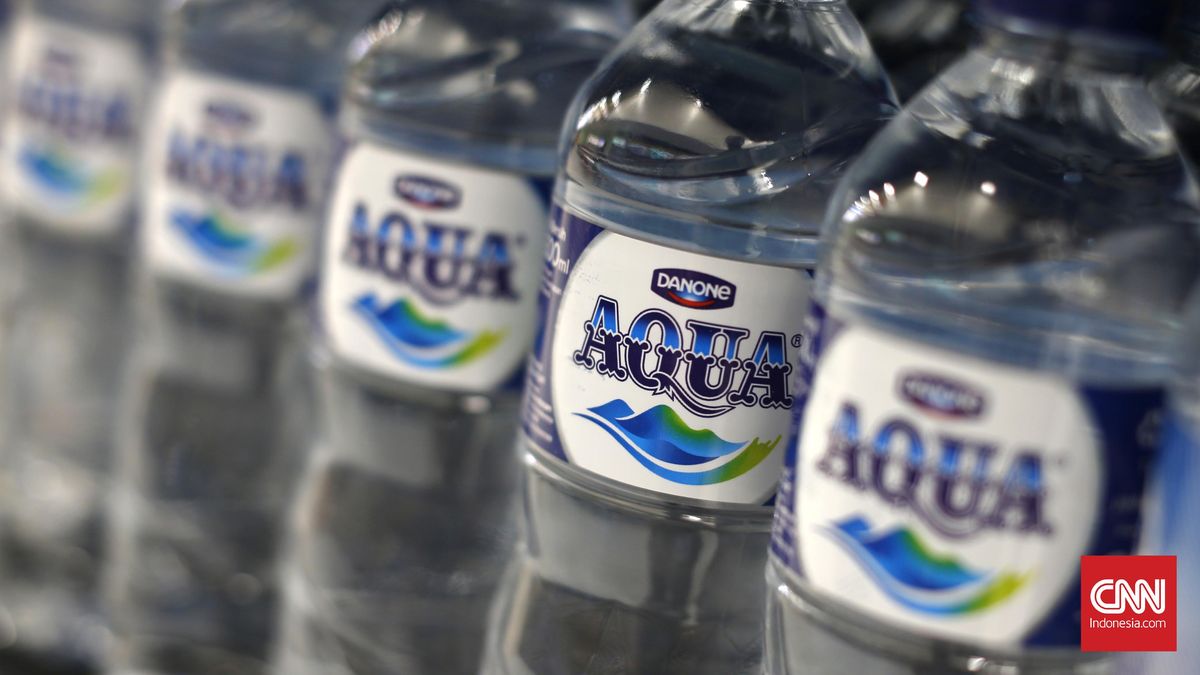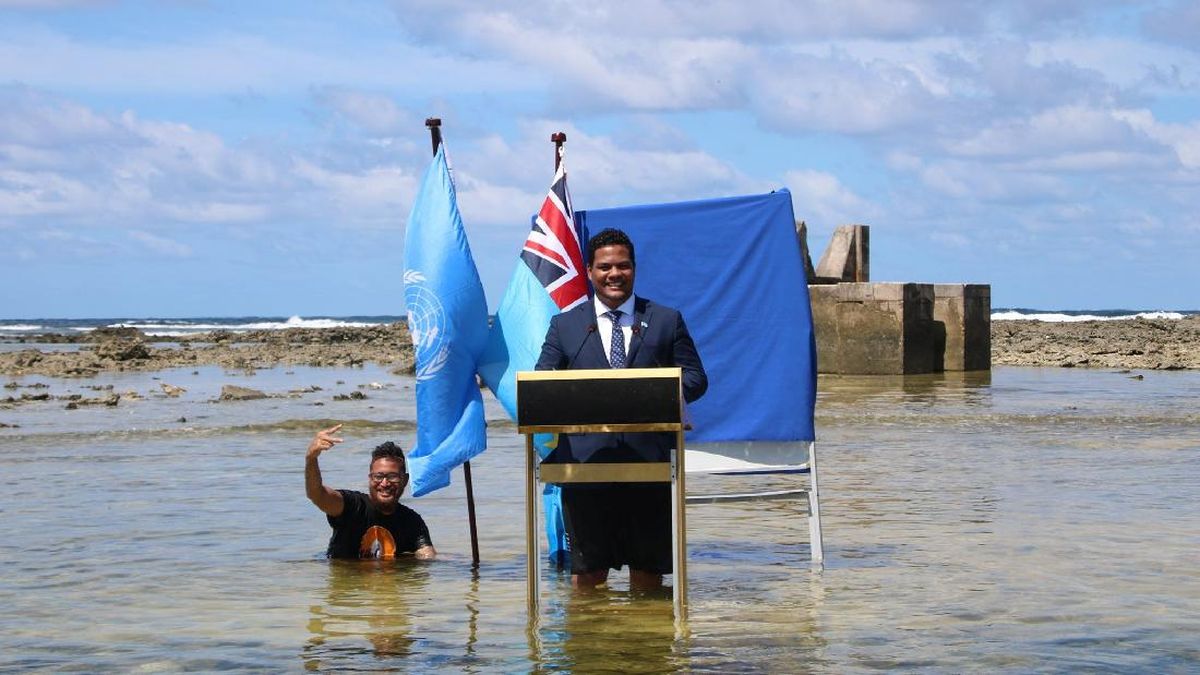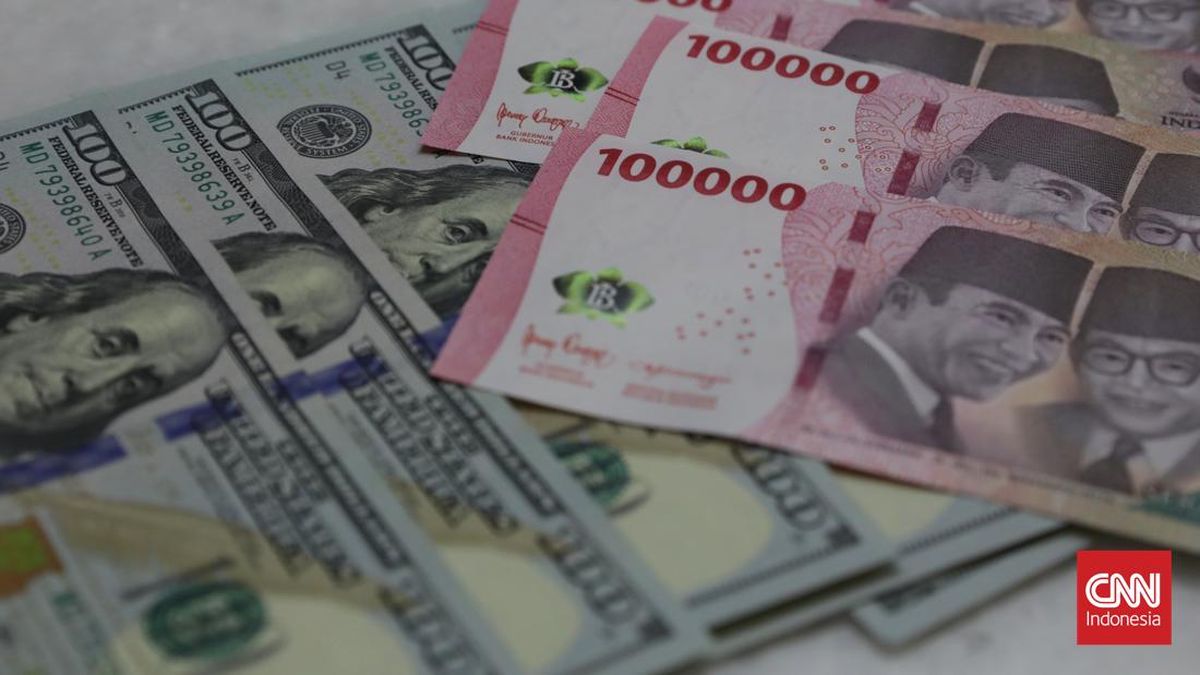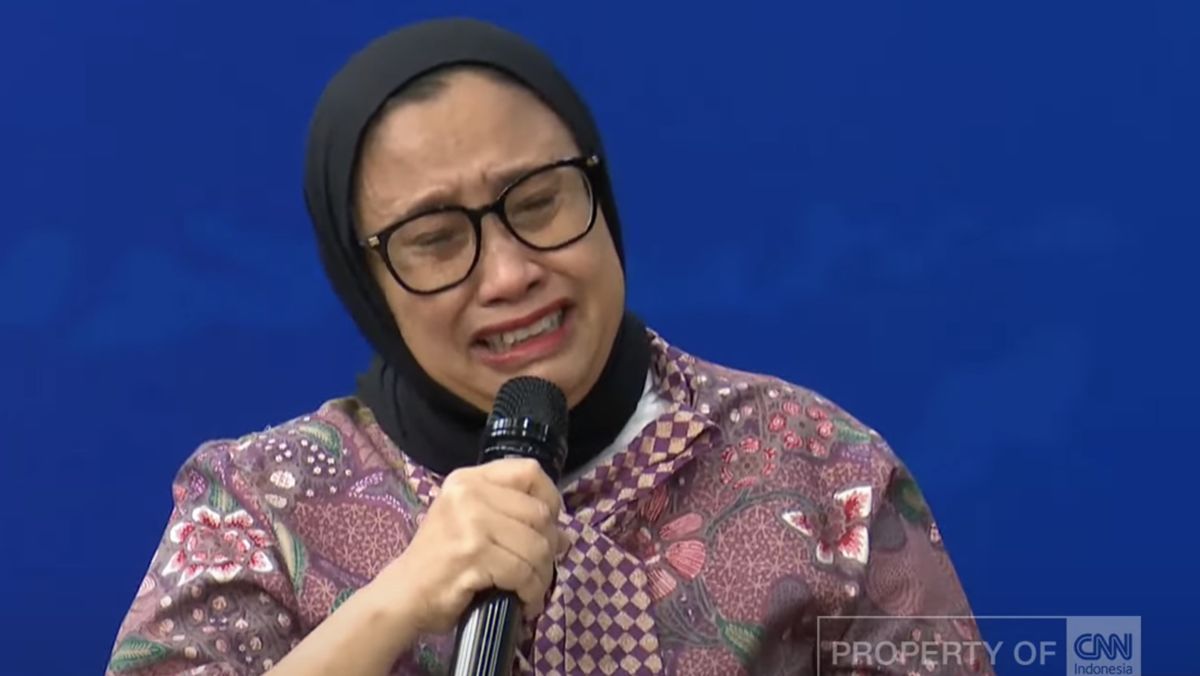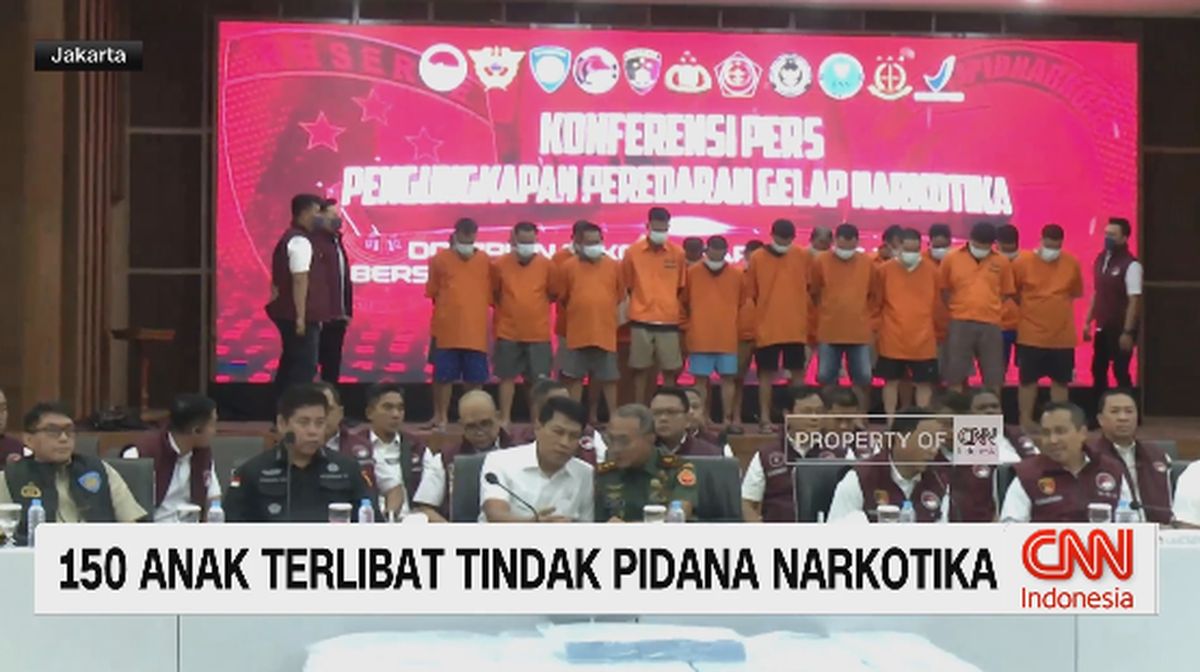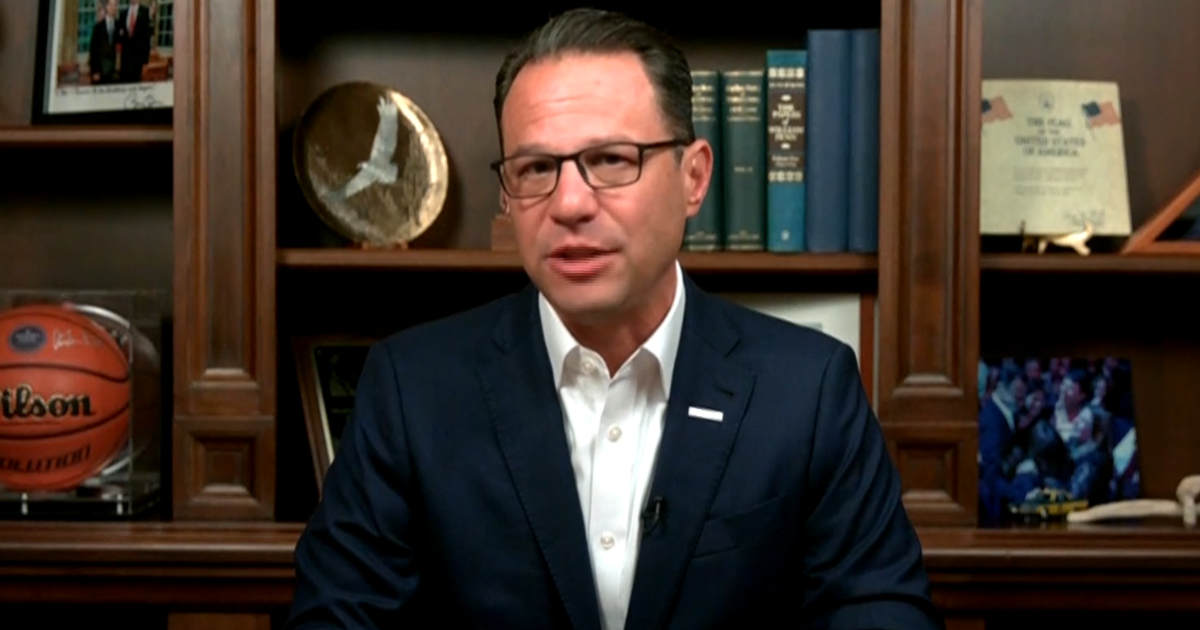And while the VT1 hole didn’t hit massive or semi-massive sulphides, the modest sulphide levels logged so far don’t stack up against the strength of the conductor, hinting that it could be right on the edge of something much bigger.
Management says pinpointing the real prize often needs the added firepower of downhole EM or detailed ground surveys to zero in on the conductors lurking below, which is exactly what the company is planning next.
Litchfield Minerals Managing Director Matthew Pustahya said: “VT1 delivered sulphides results that strengthen our conviction. Our data-driven program of DHEM, IP and ground EM is designed to zero in on the best zones quickly and we’re already setting up to do it. We are in the process of identifying where to concentrate effort; the results suggest focus is warranted across several targets. We’re moving decisively to solve the geological puzzle and accelerate value creation for shareholders.”
According to the company, the wider Oonagalabi corridor is starting to show signs of a large-scale, intrusion-related hydrothermal system, likely formed by hot fluids linked to underground magma.
The rocks are loaded with a mix of chalcopyrite, pyrrhotite and sphalerite sulphides hosted in altered volcanic rocks and backed up by magnetic and EM survey hits, point to the kind of widespread mineralisation that could turn heads.
Last week, Litchfield grabbed headlines with a spectacular 104-metre copper hit from surface at its main Oonagalabi target, about 4.5km northeast of VT1. The massive intercept from “hole 10″ included sections topping two per cent copper equivalent in zones of disseminated and semi‑massive sulphides.
Elsewhere, a buzz is also starting to build on a separate EM target, dubbed VT2, which is 2.5 kilometres to the east of hole 10, where visual drill results confirmed a new 111-metre zone of intermittent mineralisation.
That hole sliced straight through the heart of a 500m-long EM conductor, pulling up a sequence of sulphides between 180m and 291m downhole. It included a blend of disseminated, semi-massive and massive sulphides rich in pyrrhotite, chalcopyrite, sphalerite and pyrite - all hosted in dense, iron-rich intrusive rocks that suggest serious scale could be in play.
Standout zones from 199m to 204m and again from 246m to 256m cut directly into semi-massive to massive sulphides, with visual sulphide content reaching up to 15 per cent - adding yet another layer of intrigue to Litchfield’s growing copper–zinc discovery.
Buoyed by strong early hits from its 14-hole system-scale drilling program at Oonagalabi, the company is hitting the accelerator on exploration now, compressing a program that would normally take 12 to 24 months into a tight 3 to 5-month window.
The DHEM crew has already mobilised and is gearing up to test the VT2 target. Downhole testing at VT1 will follow immediately after, while induced polarisation (IP) surveys and ground EM are scheduled for November.
Once the new plate models are locked in, the rigs will be back to tackle the strongest conductors.
By week 10, the company expects to deliver a fully integrated 3D model incorporating litho-structural mapping, VTEM, IP and EM data—setting the stage for Phase 3 drilling that will no doubt be highly anticipated.
With alteration zones, geophysics, sulphide hits and rock-chip assays all lining up, Litchfield is gathering serious pace at Oonagalabi. The pieces are starting to fall into place and if its rapid-fire exploration program delivers, the company could be on the verge of unlocking a brand-new copper system in the untapped heart of the Northern Territory.
Is your ASX-listed company doing something interesting? Contact: [email protected]







